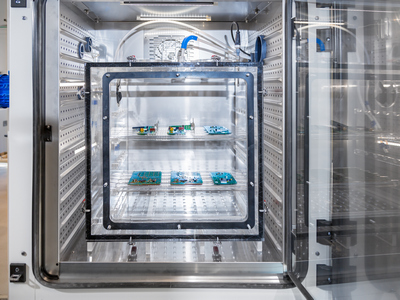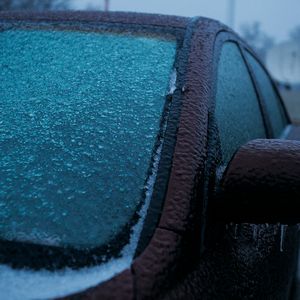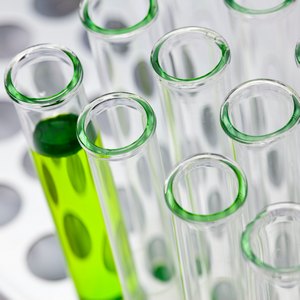Noxious Gas Test – Advanced Corrosion & Environmental Tests
During accelerated corrosion and durability testing, products and their assemblies are exposed to corrosive environmental conditions. We perform advanced harmful gas tests as mono, multi or mixed flowing gas test.
From a purely technical point of view, corrosion describes the reaction of a material with its environment. In addition to the visual damage to a final product, corrosion can cause degradation of the function of a component or system.
Hazardous gas occupies a special position among corrosive test methods and complements far more established test methods such as the salt fog test.
Increasing industrialization is leading to greatly increased levels of pollutants in the environment. As a direct result, everyday products are exposed to these same gases and must be protected.

- ASTM D1149
- BMW GS 95003
- DIN 50018
- DIN EN ISO 3231
- DIN EN ISO 6988
- DIN V 40046-36
- DIN V 40046-37
- ETSI EN 300 019-1-3
- IEC 60068-2-42
- IEC 60068-2-49
- IEC 60068-2-60 (Method 1-4)
- IEC 60512-11-7
- IEC 61300-2-28
- ISO 1431
- ISO 10960
- ISO 16750-4
- JDQ 53.3
- NEMA 250
- TSM 0508G
- UL 50
- UL 1332-7
- VW 80000




